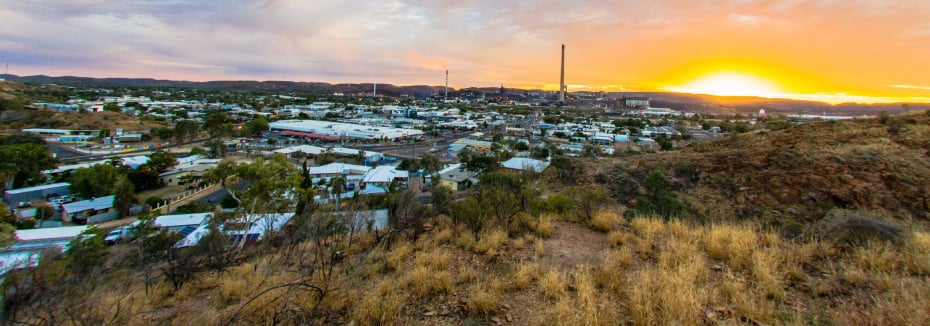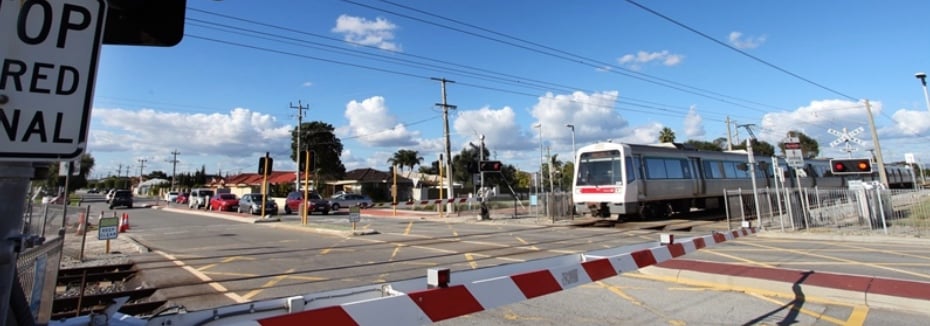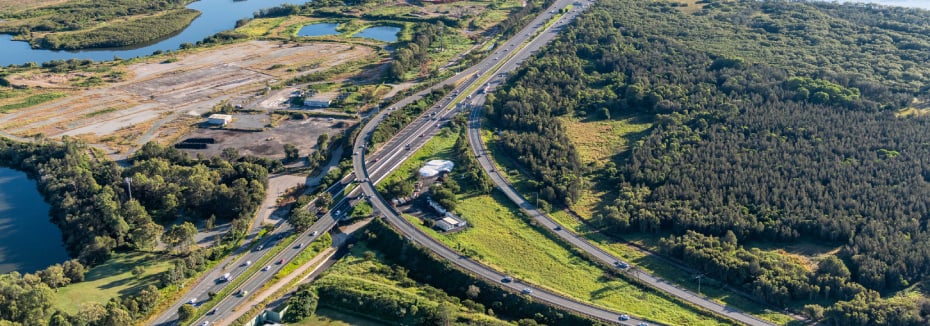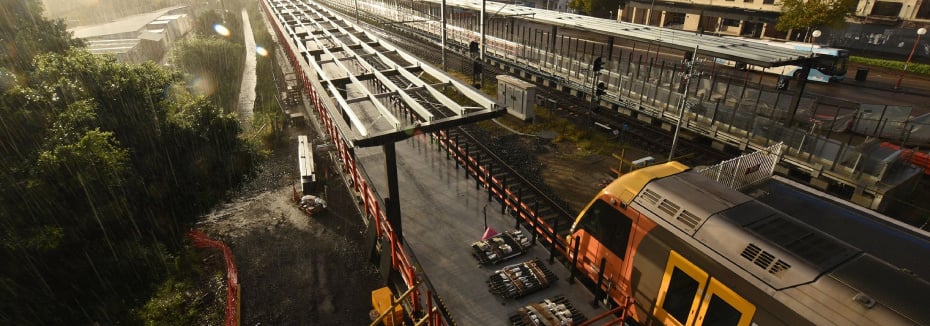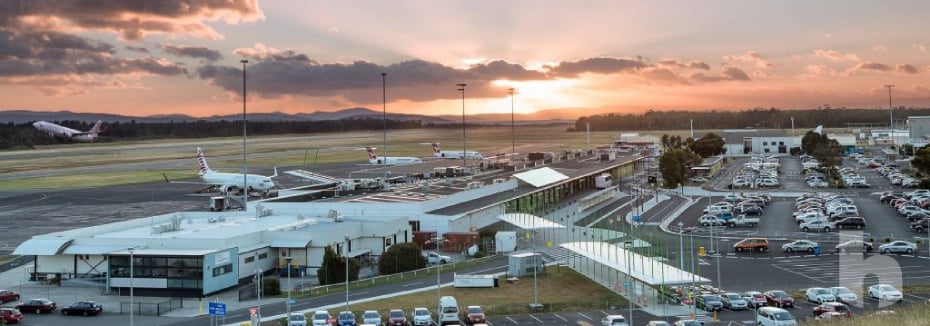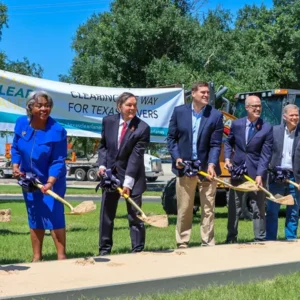Inflation cools, reassuring Fed after unexpectedly hot gains
- fomoji
Paradise South phosphate mine given the green light for development
- fomoji
Lab space supply-demand balance likely in coming years: JLL
- fomoji
Fluor-led JV breaks ground on $700M Interstate 35 expansion in Texas
- fomoji
Granite CFO announces retirement | Construction Dive
- fomoji
WA Budget invests billions in road, rail, port & transport projects & initiatives
- fomoji
Building Australia's Future: The Vital Role of Construction Workers
Australia’s urban landscapes showcase the ingenuity, dedication, and hard work of construction workers who build, renovate, and maintain the structures that define our cities. From towering skyscrapers and iconic landmarks to bustling residential neighborhoods and essential infrastructure, construction workers are pivotal in shaping the physical fabric of our nation. In this blog, we’ll explore their contributions to urban development, economic growth, and community resilience, highlighting the indispensable role they play in building Australia’s future.
The Backbone of Urban Development
Construction workers are the backbone of urban development, standing as the guardians of progress and transformation in our cities. Their tireless efforts lay the foundation upon which vibrant, sustainable communities flourish. From initial excavation to final interior finishing touches, construction workers infuse each project with purpose and identity.
Skilled Tradespeople
Skilled tradespeople are the linchpins of the construction industry, embodying expertise and specialized knowledge that form the bedrock of our built environment. Their mastery of craft empowers them to tackle diverse tasks with precision. Carpenters, electricians, plumbers, and bricklayers each play unique yet integral roles in construction.
Carpenters craft the skeletal framework of buildings with meticulous attention to detail.
Electricians ensure buildings are wired for power and lighting, integrating complex electrical systems.
Plumbers safeguard water flow, ensuring reliable delivery and waste removal.
Bricklayers create the walls that define our living spaces with precision.
Together, these skilled tradespeople transform blueprints into tangible realities, imbuing each structure with a sense of permanence and purpose.
Engineers and Architects
Engineers and architects stand at the forefront of the construction process, shaping the built environment with their expertise and creative vision. Civil engineers, structural engineers, mechanical and electrical engineers, and architects collaborate to bring architectural dreams to fruition.
Civil Engineers oversee the construction of roads, bridges, and vital infrastructure, ensuring resilience and durability.
Structural Engineers design the skeletal framework of buildings to withstand various forces.
Mechanical and Electrical Engineers optimize building systems for comfort, safety, and energy efficiency.
Architects harmonize form and function, creating inspiring spaces that enrich the urban landscape.
Together, they transform architectural dreams into tangible realities, shaping our urban environments.
Driving Economic Growth
Construction is not just about building structures; it’s about building economies and fostering growth. The construction industry significantly contributes to Australia’s economy by generating employment, stimulating investment, and driving innovation across sectors.
Employment Opportunities
Construction offers vast employment opportunities for individuals from diverse backgrounds and skill sets. From apprenticeships to managerial roles, the industry provides a ladder of upward mobility. Skilled tradespeople are in high demand, ensuring job availability in various locations across the country.
Stimulating Investment
Construction projects attract capital and resources to local economies, driving growth in adjacent sectors. Infrastructure projects enhance connectivity and accessibility, unlocking opportunities for commercial and residential development. This stimulates demand for goods and services, creating a ripple effect that benefits the entire economy.
Fostering Community Resilience
Construction workers play a crucial role in fostering community resilience, especially after natural disasters. They mobilize quickly to repair and rebuild damaged infrastructure, restoring essential services and infrastructure vital for community recovery.
Disaster Response and Recovery
In times of disaster, construction workers deploy their expertise to assess damage, clear debris, and initiate reconstruction. They work tirelessly to restore critical infrastructure, facilitating the recovery process and instilling resilience within affected communities.
Sustainable Development
Construction workers increasingly embrace sustainable practices to minimize environmental impact. From green building materials and energy-efficient designs to renewable energy systems and waste reduction strategies, they contribute to creating healthier, more resilient communities that can withstand climate change challenges.
Conclusion
Construction workers are the unsung heroes of Australia’s urban landscapes, shaping the physical environment in which we live, work, and play. Through their skill, dedication, and hard work, they transform architectural visions into tangible realities, leaving an indelible mark on the fabric of our nation. As we celebrate their contributions to urban development, economic growth, and community resilience, let us recognize and appreciate the invaluable role that construction workers play in building Australia’s future.
FAQS
Construction workers lay the foundation for vibrant, sustainable communities by transforming blueprints into tangible structures.
It generates employment, stimulates investment, and drives innovation across various sectors.
Skilled tradespeople like carpenters, electricians, plumbers, and bricklayers tackle diverse tasks with precision, forming the backbone of the industry.
They assess damage, clear debris, and initiate reconstruction efforts to restore critical infrastructure and facilitate community recovery.
They use green building materials, energy-efficient designs, renewable energy systems, and waste reduction strategies to minimize environmental impact.
Construction workers lay the foundation for vibrant, sustainable communities by transforming blueprints into tangible structures.
It generates employment, stimulates investment, and drives innovation across various sectors.
Skilled tradespeople like carpenters, electricians, plumbers, and bricklayers tackle diverse tasks with precision, forming the backbone of the industry.
They assess damage, clear debris, and initiate reconstruction efforts to restore critical infrastructure and facilitate community recovery.
They use green building materials, energy-efficient designs, renewable energy systems, and waste reduction strategies to minimize environmental impact.
Second post title here
Lorem ipsum dolor sit amet, consectetur adipiscing elit. Ut elit tellus, luctus nec ullamcorper mattis, pulvinar dapibus leo. Lorem ipsum dolor sit amet, consectetur adipiscing elit. Ut elit tellus, luctus nec
Lorem ipsum dolor sit amet, consectetur adipiscing elit. Ut elit tellus, luctus nec ullamcorper mattis, pulvinar dapibus leo. Lorem ipsum dolor sit amet, consectetur adipiscing elit. Ut elit tellus, luctus nec ullamcorper mattis, pulvinar dapibus leo.
ullamcorper mattis, pulvinar dapibus leo.




